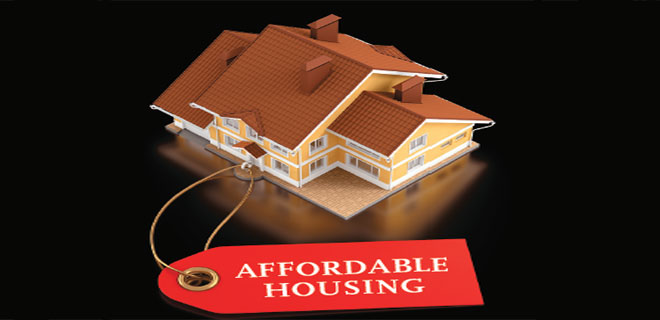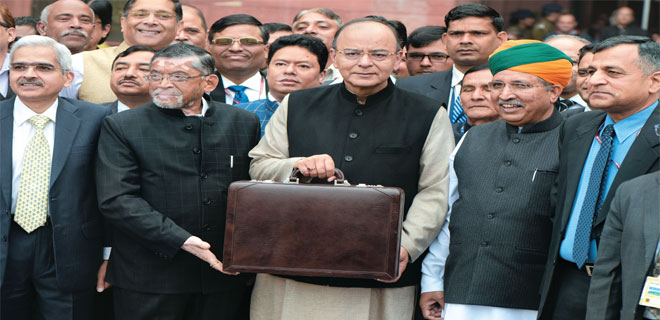Budget 2017: Housing got affordable
Infrastructure status for affordable housing is a boost for developers and the housing sectors

Budget 2017 paved the way for boosting the housing sector by according it an ‘infrastructure’ status, especially the affordable housing sector. With more than 95 per cent of the total housing shortage in India emanating from the affordable housing space, there was a long-felt need to provide the right framework that would stimulate the demand and supply side dynamics.
While previously there have been announcements made on the demand side at the retail level with the credit linked subsidy scheme (CLSS) under the Pradhan Mantri Awas Yojana (PMAY), it formalised credit flow to the economically weaker section (EWS) and the lower and middle income group (LIG/MIG) customers. But, the supply side thrust was muted at best.
The ‘infrastructure’ status will institutionalise the entire sector and with developers being funded by formal institutions at lower rates becoming a reality, more entrants of serious nature will be attracted in this space. With this cushioning at both ends, it is expected that the housing stock will increase in line with the demand for housing originating from the first time home buyers. This meeting of ends is expected to have a positive impact on the overall housing sector and also multitude of sectors that complement housing industry.
Incentives at play
Relaxing the incentive norms under affordable housing units, especially reclassifying the apartment size (30-60 sq m) measured previously as built-up area to now as carpet area and also applicability of the 60 sq m unit size at extended suburbs of metros as affordable homes will bring more number of units under the revised description.
Moreover, the government’s commitment to finish one crore houses by 2019 for those living currently in kutcha houses will give a fillip to rural housing and complements well with the Prime Minister’s announcement of 3 per cent interest subsidy on home loans up to Rs 2 lakh in rural areas.
There is also tax relief to developers on unsold stock for one year post completion of project and reduction of long term capital gains tax period for immovable property from three to two years, which will provide the required support to the real estate sector in residential space where the sales have been extremely sluggish post demonetisation.
The CLSS scheme, too, is further strengthened with the tenure being increased from 15 to 20 years and the allocation under Pradhan Mantri Awas Yojana being increased from Rs 15,000 crore to Rs 23,000 crore. The National Housing Bank (NHB) gets an allocation of Rs 20,000 crore for refinance operations which will go a long way in bolstering the demand side dynamics, all auguring too well for affordable housing space.
Such a slew of announcements in residential housing has rarely happened in previous Budgets and this shows the intent of the government to pursue the mission ‘Housing for All’ by 2022 with all seriousness. The prices of affordable housing units are expected to be rationalised as mass townships and large scale affordable housing unit projects would gradually become a reality. Going ahead, the EWS/LIG/MIG customers will have many options to choose from as the supply of units is expected to increase reasonably over a period of time. With formal credit flow available to them for funding a home purchase, it won’t be surprising to see a great surge in first time home buyers in India in the near future.
The author is MD and CEO, Aspire Home Finance









